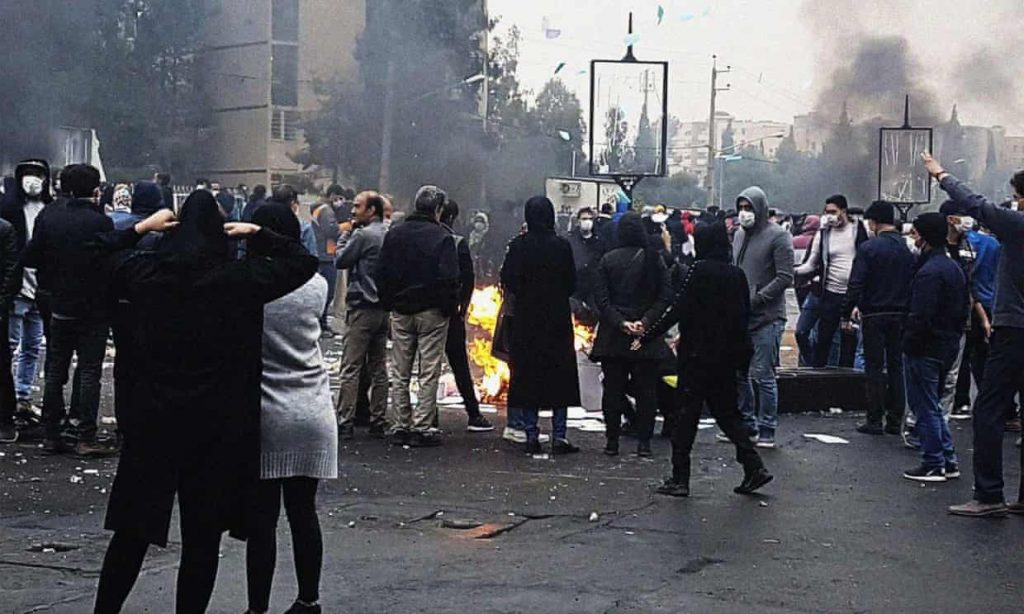
- ARAB NEWS
- 03 Jul 2025

So-called parliamentary elections will be held in Iran on Friday for the 290 seats of the country’s “Islamic Consultative Assembly.” Given the recent popular protests and uprisings, as well as the mounting crises the regime is facing, this year’s election is different and could be a prelude to greater changes, including the downfall of the regime itself.
Democratic and free elections do not exist in Iran. Supreme Leader Ali Khamenei and the Guardian Council that he controls hand-pick the candidates on the basis of their “heartfelt” and “practical” allegiance. All prospective candidates have to go through a rigid security and intelligence screening process to ensure they are adherents of the regime.
Four institutions are charged with approving the candidates: The Ministry of Interior, state security forces, the local branch of the judiciary, and the Ministry of Intelligence. These bodies examine every aspect of each individual’s background to ensure there are no links to banned opposition groups, for example.
The names of successful candidates are then submitted to the Guardian Council, which consists of 12 members: Six mullahs appointed by Khamenei and six jurists nominated by the head of the judiciary, who himself is directly appointed by and reports to the ayatollah.
The Majlis elections are seen as a barometer of the balance of power between vying factions in the regime’s internal structure. Although it has mainly financial motivations, the rivalry is often portrayed in Western media as a struggle of policy ideas between “moderates” and “hard-liners.” This narrative benefits Khamenei, who banks on the West’s appeasement and has amassed all sorts of concessions throughout the three decades he has been at the helm.
Both factions, the so-called moderates and the hard-liners, are equally committed to the regime’s survival. Both endorse human rights violations and the repression of protests, and support the Assad dictatorship in Syria and the Iranian-backed terrorist proxies and militia groups in the region.
Still, this year, Khamenei has decided to prevent the moderate faction’s members from controlling the assembly. Why?
The Iranian regime is facing unprecedented challenges. At home, major uprisings have shaken the mullahs’ dictatorship to its foundations, and the economy is in freefall. Regionally, Tehran lost Qassem Soleimani, their terror master and top general who was in charge of executing Khamenei’s regional plans, while protests continue in Iraq and Lebanon against the Iranian regime’s malign conduct and meddling.
And internationally, the West’s policy of appeasement has received some devastating blows. The regime is now being more firmly held to account for its destructive behavior, although additional steps need to be taken, including the referral of its human rights record to the UN Security Council.
The growing activities of the democratic opposition, particularly the “resistance units” of the main organized opposition movement, the National Council of Resistance of Iran (NCRI), can be added to this potent mix. Young people are increasingly joining their ranks and hoping to topple the regime. Maryam Rajavi, the NCRI’s president-elect, has called for a wholesale boycott of the elections. She said the purge of the moderate faction’s candidates is a clear sign of the rulers’ retrenchment in the face of surging protests.
There is a growing campaign inside and outside Iran that is calling for the boycott of the so-called elections. In addition to posting on social media platforms, activists are spraying graffiti on walls and distributing pamphlets with slogans such as “My vote is the regime’s overthrow.”
The situation is so horrendous for the weakened regime that it cannot tolerate even the slightest degree of internal dissent. So Khamenei has embarked on a campaign to close ranks and unite his forces against the people. Ironically, to do that, he needs at least a veneer of the people's participation in his sham elections. But they know better than that. Even a semi-official poll indicated that 82 percent of respondents planned to boycott the elections. The regime panicked and removed the poll.
Young people are increasingly joining the opposition’s ranks and hoping to topple the regime.
Dr. Majid Rafizadeh
The Iranian theocracy has reached its end. It is only a matter of time before the people overthrow the regime and establish freedom and democracy in Iran.
By chanting “Death to the oppressor, be it Shah or the Supreme Leader,” and “No to crown, no to turban, the mullahs’ time is over,” the people of Iran have demonstrated that they do not look to the past, but to the future. They are demanding a free republic based on the separation of religion and state, gender equality, and an end to all religious and ethnic discrimination.
It is time for the world to recognize the right of the Iranian people to regime change and to side with them and their true democratic aspirations.
Dr. Majid Rafizadeh is an Iranian-American political scientist. He is a leading expert on Iran and US foreign policy, a businessman and president of the International American Council. Twitter: @Dr_Rafizadeh